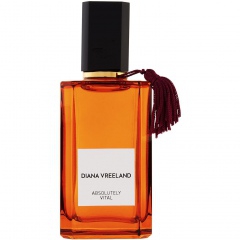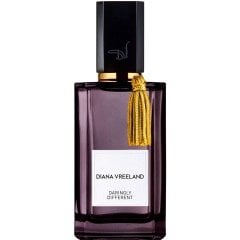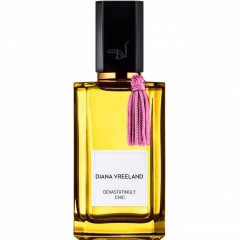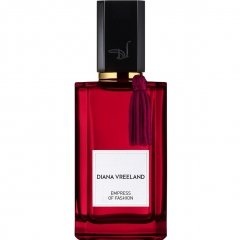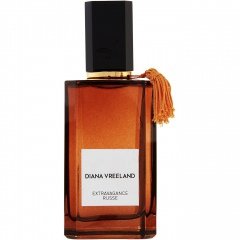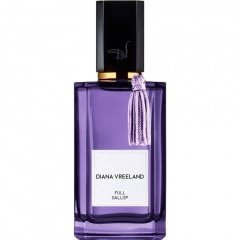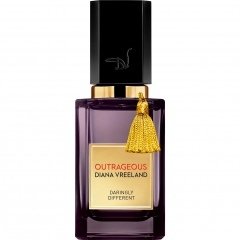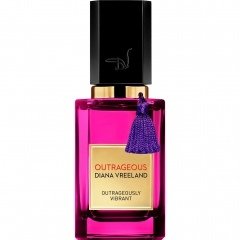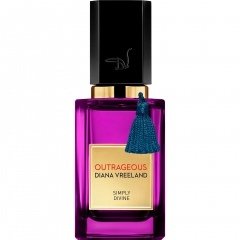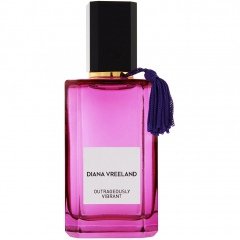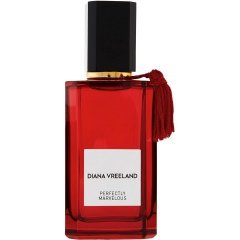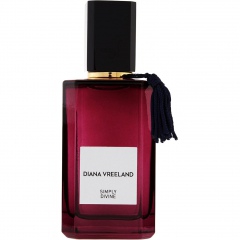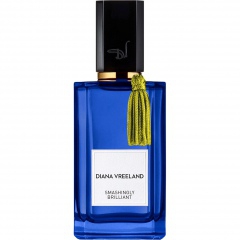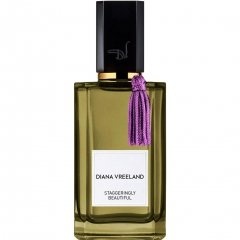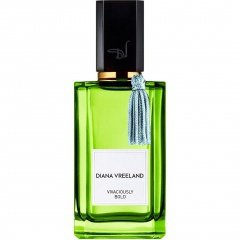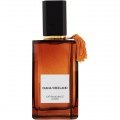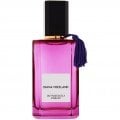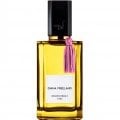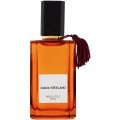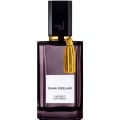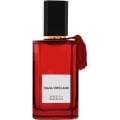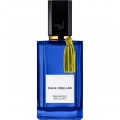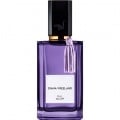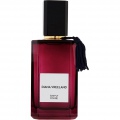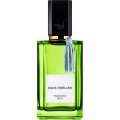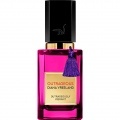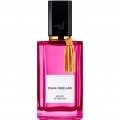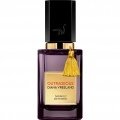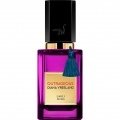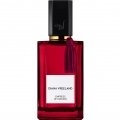Diana Vreeland
 USA
USA His grandmother must have been a very special woman. Otherwise, 25 years after her death, what grandson would launch a line of perfumes in brightly colored bottles under her name?
Yet... Read more
Interesting Facts
His grandmother must have been a very special woman. Otherwise, 25 years after her death, what grandson would launch a line of perfumes in brightly colored bottles under her name?
Yet Diana Vreeland's life began in a classically bourgeois way. Born in 1903 to an American and an Englishman, she spent her childhood in Paris and New York, where she met her husband and had two sons with him. She led a quiet life as a wife and mother until she was asked in a club in 1936 if she would like to work for the fashion magazine Harper's Bazaar - after all, she knew how to dress stylishly.
With no previous knowledge of journalism, but with a great deal of imagination and fun, Diana Vreeland set to work. Why don't you?' was the title of the column in which she suggested sensible, nonsensical, but also cryptic thoughts to the reader: 'Why don't you paint the world map on the four walls of your son's nursery so that he doesn't grow up with a limited horizon?' - A not unwarranted question.
Wacker continued: promoted to fashion editor in the meantime, she put a young blonde woman on the cover who would soon become world famous as Lauren Bacall. The young wife of an American presidential candidate could also be sure that Diana Vreeland was on her side with tips when she turned to her for help. Even today, Jacqueline Kennedy Onassis is considered a style icon.
Her influence on American style was not limited to clothing. She had furnished the Vreelands' apartment, which she lovingly referred to as 'A Garden in Hell,' entirely in red, with the addition of various patterns that did not necessarily harmonize even at second glance. Subtle is different. But the numerous parties she hosted were extremely popular with personalities from the arts and society.
At the beginning of the 1960s, Diana Vreeland moved to the American fashion magazine 'Vogue', this time as editor-in-chief. She did not simply want to present the latest fashions to female readers, but was concerned with the lives people led in those clothes. She integrated art, culture, politics, history, countries, religions into photo spreads that were structured like a story and shot in exotic locations. Through her, models became celebrities and celebrities chose her to be their models. She was not looking for perfect beauty, but on the contrary, she wanted to accentuate the physical peculiarities. - All style elements that are nowadays taken for granted in fashion photography, models and fashion magazines.
In 1971, the Costume Institute of the Metropolitan Museum of Art asked Diana Vreeland if she would like to work for them as a consultant. Now 68 years old, she set to work with her boundless enthusiasm, organizing one exhibition a year that became an unprecedented success, with after-show parties in the museum's venerable halls that had the antique exhibits dancing in their vitrines. Today, the annual benefit gala of the Metropolitan Museum of Art's Costume Institute remains a fixture in the annual calendar of New York's high society.
Diana Vreeland was a person you would probably call an influencer these days. With inexhaustible imagination, passion, curiosity, and a good dose of self-irony, she was able to carry people away and inspire them. And not just during her lifetime, but beyond her death.
Yet Diana Vreeland's life began in a classically bourgeois way. Born in 1903 to an American and an Englishman, she spent her childhood in Paris and New York, where she met her husband and had two sons with him. She led a quiet life as a wife and mother until she was asked in a club in 1936 if she would like to work for the fashion magazine Harper's Bazaar - after all, she knew how to dress stylishly.
With no previous knowledge of journalism, but with a great deal of imagination and fun, Diana Vreeland set to work. Why don't you?' was the title of the column in which she suggested sensible, nonsensical, but also cryptic thoughts to the reader: 'Why don't you paint the world map on the four walls of your son's nursery so that he doesn't grow up with a limited horizon?' - A not unwarranted question.
Wacker continued: promoted to fashion editor in the meantime, she put a young blonde woman on the cover who would soon become world famous as Lauren Bacall. The young wife of an American presidential candidate could also be sure that Diana Vreeland was on her side with tips when she turned to her for help. Even today, Jacqueline Kennedy Onassis is considered a style icon.
Her influence on American style was not limited to clothing. She had furnished the Vreelands' apartment, which she lovingly referred to as 'A Garden in Hell,' entirely in red, with the addition of various patterns that did not necessarily harmonize even at second glance. Subtle is different. But the numerous parties she hosted were extremely popular with personalities from the arts and society.
At the beginning of the 1960s, Diana Vreeland moved to the American fashion magazine 'Vogue', this time as editor-in-chief. She did not simply want to present the latest fashions to female readers, but was concerned with the lives people led in those clothes. She integrated art, culture, politics, history, countries, religions into photo spreads that were structured like a story and shot in exotic locations. Through her, models became celebrities and celebrities chose her to be their models. She was not looking for perfect beauty, but on the contrary, she wanted to accentuate the physical peculiarities. - All style elements that are nowadays taken for granted in fashion photography, models and fashion magazines.
In 1971, the Costume Institute of the Metropolitan Museum of Art asked Diana Vreeland if she would like to work for them as a consultant. Now 68 years old, she set to work with her boundless enthusiasm, organizing one exhibition a year that became an unprecedented success, with after-show parties in the museum's venerable halls that had the antique exhibits dancing in their vitrines. Today, the annual benefit gala of the Metropolitan Museum of Art's Costume Institute remains a fixture in the annual calendar of New York's high society.
Diana Vreeland was a person you would probably call an influencer these days. With inexhaustible imagination, passion, curiosity, and a good dose of self-irony, she was able to carry people away and inspire them. And not just during her lifetime, but beyond her death.
Content by
 Birdee
Birdee
 Birdee
Birdee

